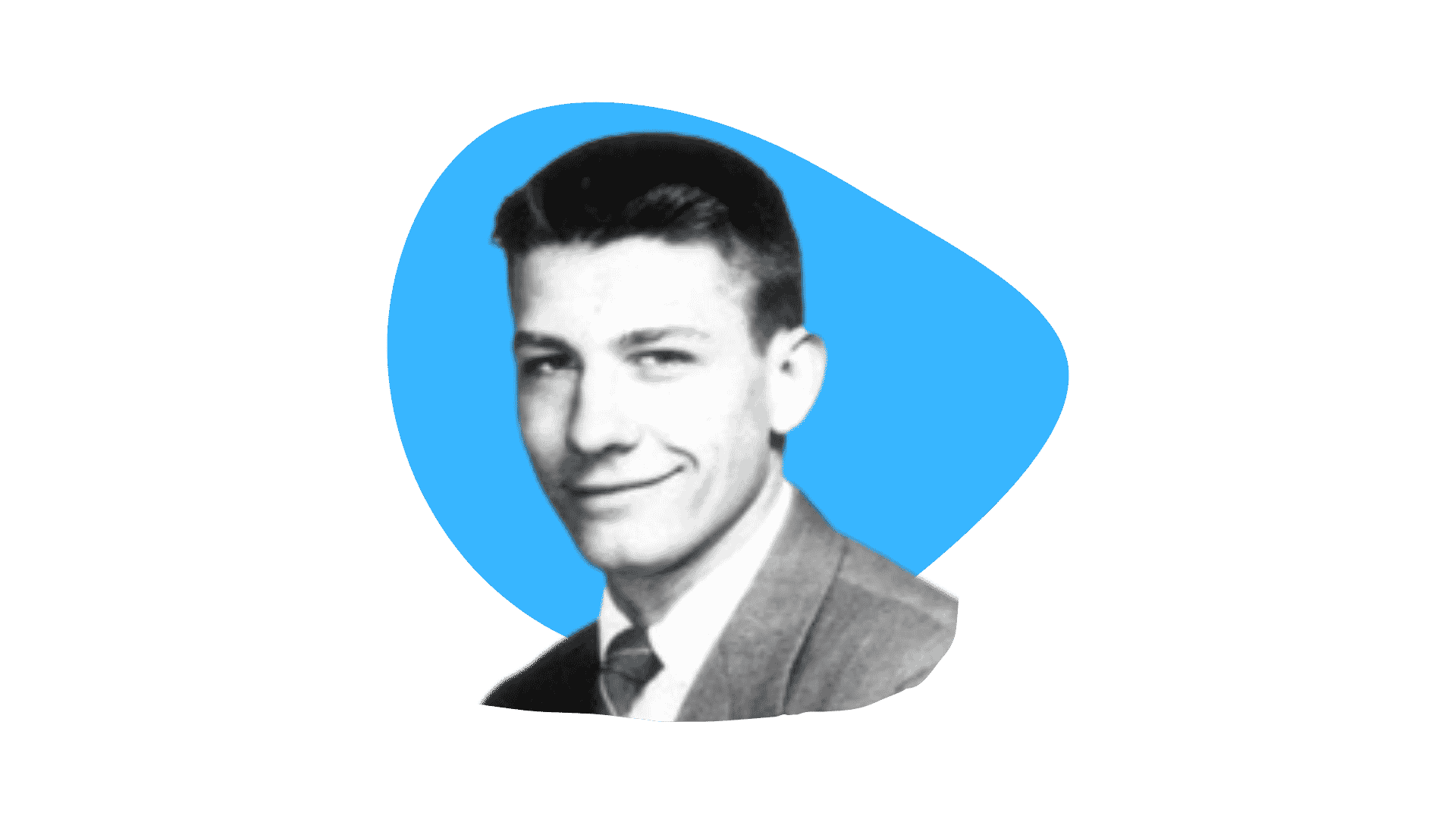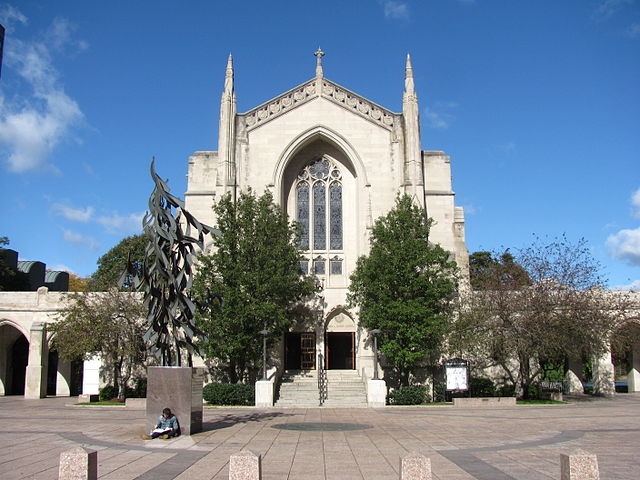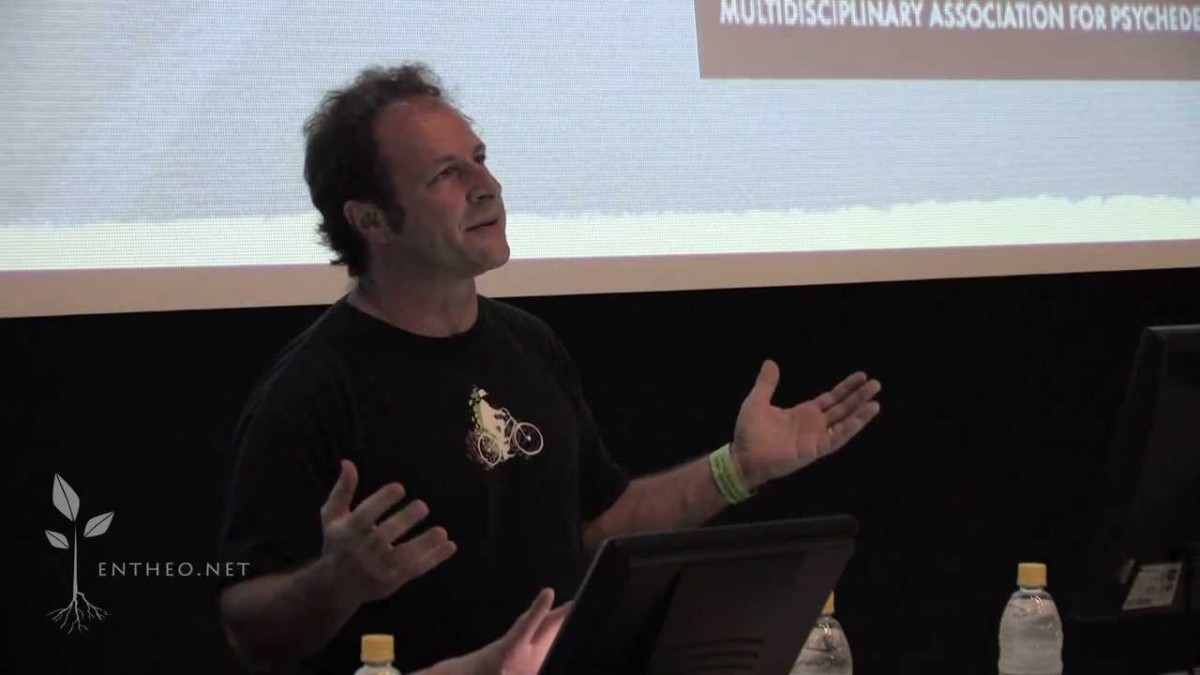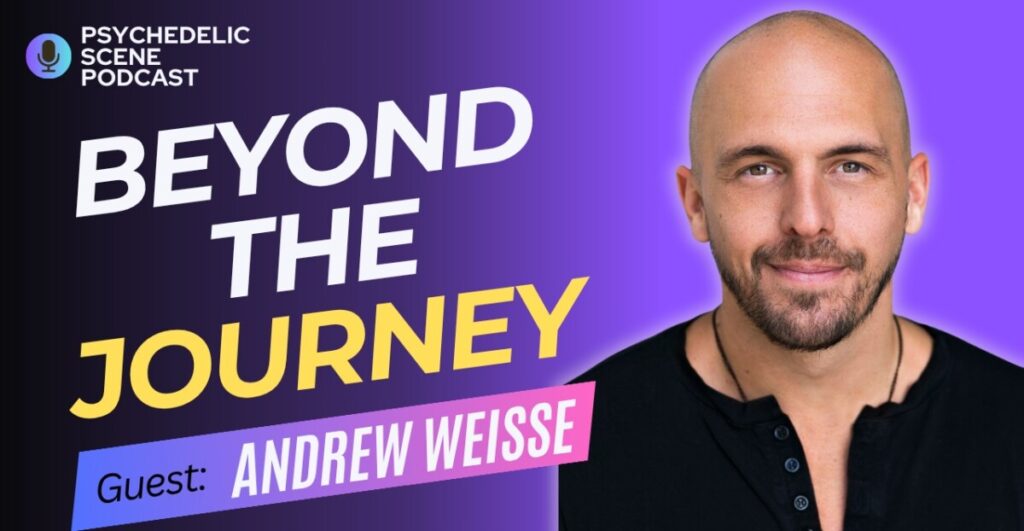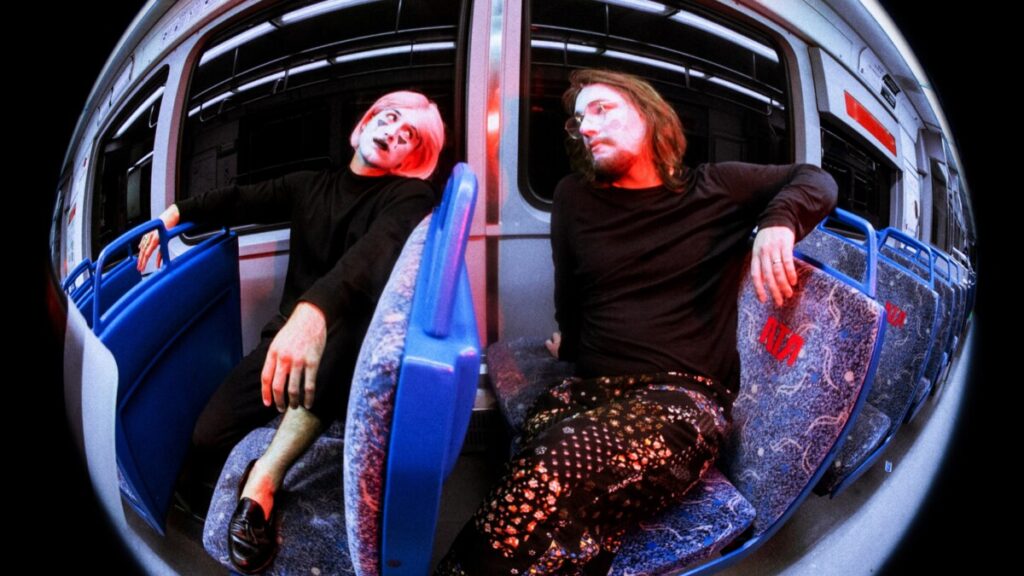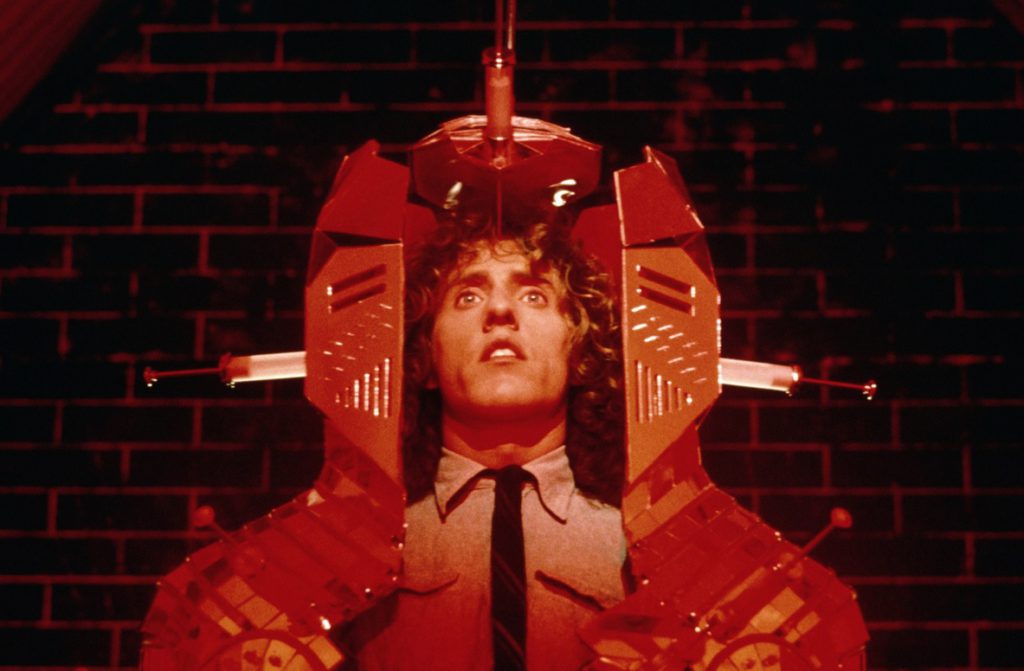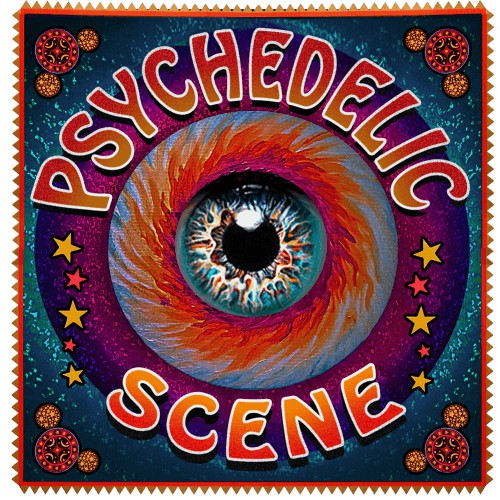The Good Friday Experiment
The Good Friday Experiment
On Good Friday of 1962, a saucer-eyed theology student burst out of Marsh Chapel on the Boston University campus and ran down the street proclaiming that he had been chosen to tell the world of the coming messiah. He was being chased by some desperate scientists each armed with a syringe full of Thorazine – a powerful antipsychotic. The man was captured, restrained, and sedated before being dragged away.
If you had stepped inside the chapel that day and wandered down to the basement, you might have seen several more theology students listening to a Good Friday Service through loudspeakers. Strangely, some were lying on the floor instead of sitting on the pews and some were wandering around saucer-eyed and murmuring about God being everywhere…
The Good Friday Experiment was an attempt to see if psychedelic drug experiences could also be viewed as life-changing religious or mystical experiences.
This is the story of the Good Friday Experiment – when boffins gave psychedelic drugs to theology students to see if they’d see God.
And they did.
The experiment was conducted by Walter Pankhe, a Harvard PhD student working under notorious LSD evangelist Timothy Leary. Leary had already noted that when he had given psilocybin to prisoners (this was the ’60s, remember?), these poorly educated and hardened cons described their experience in language that sounded as if it had been taken from the mystical traditions of both East and West.
Photo of Walter Pankhe
The Good Friday Experiment, sometimes referred to as the Marsh Chapel Miracle, was an attempt to see if psychedelic drug experiences could also be viewed as life-changing religious or mystical experiences.
So, what is a mystical experience?
The first problem with defining a mystical experience is that they are seen as undefinable or beyond words by their very nature. However, let’s go with philosopher William James’s characterization. Firstly, mystical experiences are ineffable – impossible to describe, though they might be characterized
Mystical experiences are ineffable – impossible to describe
metaphorically as a feeling of transcendence or cosmic consciousness. Secondly, they are noetic – they give a feeling of insight or revelation. A third feature James identifies is transience – they don’t last long, though they may have lasting effects. The final feature is passivity – the subject may feel lost to or subsumed into a greater whole.
Philosophers, as is their wont, have expanded upon, refined, and critiqued James’s classic characterization, but it’s a useful sketch.
Below are two accounts. One describes an ‘organic’ (drug-free) mystical experience. One is the description of an LSD trip. Can you tell which is which?
Image depicts William James
EXPERIENCE A: I cannot even now find words to render it intelligible. It consisted in a gradual but swiftly progressive obliteration of space, time, sensation, and the multitudinous factors of experience which seem to qualify what we are pleased to call our Self. In proportion as these conditions of ordinary consciousness were subtracted, the sense of an underlying or essential consciousness acquired intensity. At last, nothing remained but a pure, absolute, abstract Self.
EXPERIENCE B: Although consciousness of self seemed extinguished, I knew that the boundaries of my being now had been dissolved… I, who seemed to have no identity at all, experienced myself as filled with God, and then as (whatever this may mean) passing through God and into a Oneness…. What I experienced in this ALL so far transcends my powers of description…
Both accounts describe the experiences as ineffable and refer to the loss of the sense of self and the experience of a profound underlying reality. It’s certainly not obvious which is the ‘natural’ (occurring spontaneously or through spiritual practice such as meditation, chanting, or fasting for example) and which is the drug-induced experience.
Philosopher W.T. Stace put it like this: if the phenomenological descriptions of ‘natural’ mystical experiences and those achieved through drugs are indistinguishable, then if one of them counts as a genuine religious experience, so should the other. Stace called this The Principle of Causal Indifference. It’s not the cause of the experience that matters (whether it’s decades of asceticism and sitting on a spike in the desert or drinking magic mushroom tea), but the experience itself.
The Marsh Chapel Miracle
On Good Friday 1962, twenty volunteer theology students from Boston University arrived at Marsh Chapel to hear an Easter service. They were ushered into a basement room separate from the congregation where they could hear the service on loudspeakers. They were all given some white powder which they swallowed. Half of the volunteers had been given an active placebo (nicotinic acid) that produced a mild tingling sensation. The other half had been given a high dose of psilocybin, the psychedelic compound found in many magic mushrooms.
It soon became clear that the double-blind precautions had been pretty pointless. It was obvious which of the students were off their heads. They were wandering around enraptured, lying blissed out on the floor, murmuring about the glories of God, and in some cases panicking or running down the street shouting about the messiah.
But were the experiences these divinity students had mystical? Well, psychologists have a questionnaire for that. They’ve got several, but in this case, the volunteers were asked to rate their experience in terms of a feeling of unity or loss of self, transcendence of time and space, feelings of bliss and joy, sacredness, noetic quality, supposed ineffability, transiency and lasting positive changes in behaviour and attitude.
In every category, the volunteers in the psilocybin group rated their experience higher than those in the control group. The same was true in a follow-up study conducted six months later.
Of the students in the psilocybin group, nine of the ten agreed with the statement ‘Yes, this was definitely a religious experience’. Only one from the drug group disagreed.
Photo of The Marsh Chapel
Walter Pahnke planned to do a further follow-up study to see if the experience on that Good Friday resulted in lasting changes to the subjects’ lives. Tragically, though, Pahnke was killed in a scuba diving accident in 1971 at age forty.
The Good Friday Follow-Up
Twenty-five years after the original experiment, psychologist Rick Doblin revisited the study. To protect the identities of the volunteers, Pahnke had ensured that tracing them would be virtually impossible – fearing that should psychedelic drugs become criminalized (as they were soon to be), the students who had participated in his experiment might face embarrassment, damage to their careers or worse.
Luckily for Doblin, one of the volunteers had put his head above the parapet – Mike Young, now a church minister. He was the one volunteer in the group of ten who had denied that his psilocybin trip was a genuine religious experience. Since then, however, he has changed his mind and spoken publicly about his experience and his belief in the need for research into the spiritual and therapeutic benefits of psychedelic drugs. Young was still in touch with several of the volunteers and helped Rick Doblin trace the rest of them.
Of the twenty, nineteen were traced. One from the placebo group had died. Of the former students in the placebo group, five were still church ministers. Of the former students in the psilocybin group, eight were still ministers. This may not be statistically significant, though the results of the follow-up were.
Photo of Rick Doblin courtesy of Entheo.net
Even though some of the group had suffered anxiety and distress and one had ‘escaped’ into the street, all said that a quarter of a century after their psychedelic experience, the spiritual insights and positive changes to their way of thinking had continued and in some of the group had even deepened. Doblin concluded that psilocybin does facilitate mystical experiences in religiously inclined people in a spiritual setting and these experiences are profound and lasting.
Pankhe had been right. Psychedelic drugs can produce an experience that is, in Pankhe’s words, ‘indistinguishable from, if not identical with’ the experiences described by the mystical and spiritual tradition.
Pow!
The fact that the personal and spiritual changes following the drug experience continued and strengthened over time is significant. William James argued that when it comes to mystical experiences, the fruits are more important than the roots. In other words, the lasting changes resulting from the experience matter more than the cause of the experience (whether drugs, meditation, chanting, epilepsy, or cheese before bedtime).
This is how original volunteer reverend Mike Young put it: ‘The proof of the experience is in the fruits, not in the size of the Pow! that goes with it.’
Walter Pahnke felt he had to cover up the fact that one of the volunteers had freaked out and had to be restrained and that some of the group were distressed or anxious for part of their trip. The tide was turning and the days of studies like the Good Friday Experiment were numbered. Pahnke’s insightful and controversial study was one of the last legal experiments with psilocybin in the US for a long time.
Before the term ‘psychedelic’ came into popular use, substances such as LSD, psilocybin, and mescaline were termed ‘psychotomimetic’ drugs as they were believed to mimic the effects of psychosis. Psychiatrists, it was thought, might be able to use the drugs to get an insight into what it feels like to be insane.
However, the Good Friday Experiment seems a more promising and positive approach as research into the use of psychedelic drugs for therapeutic, spiritual, and – horror of horrors – recreational use is undergoing a twenty-first century renaissance.
Paul Weatherhead is an English musician, songwriter, and the author of Weird Calderdale,
Gallery
Recent Articles
The Club Is Open by Radderall & Muzzy Fossa–Album Review
•
December 3, 2025
Psychotropic Cinema: Tommy
•
November 26, 2025

Loading...
The Club Is Open by Radderall & Muzzy Fossa–Album Review
- Bill Kurzenberger
